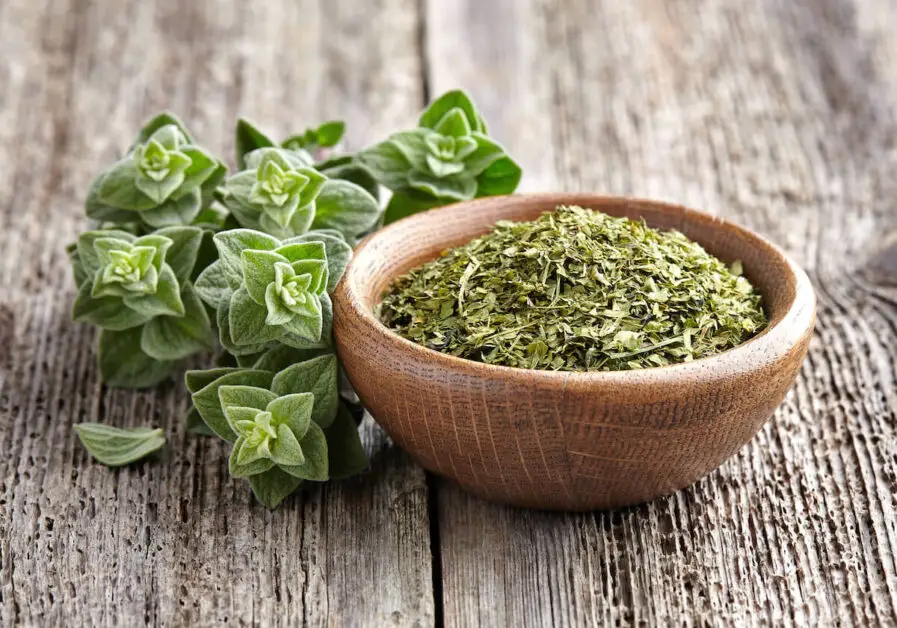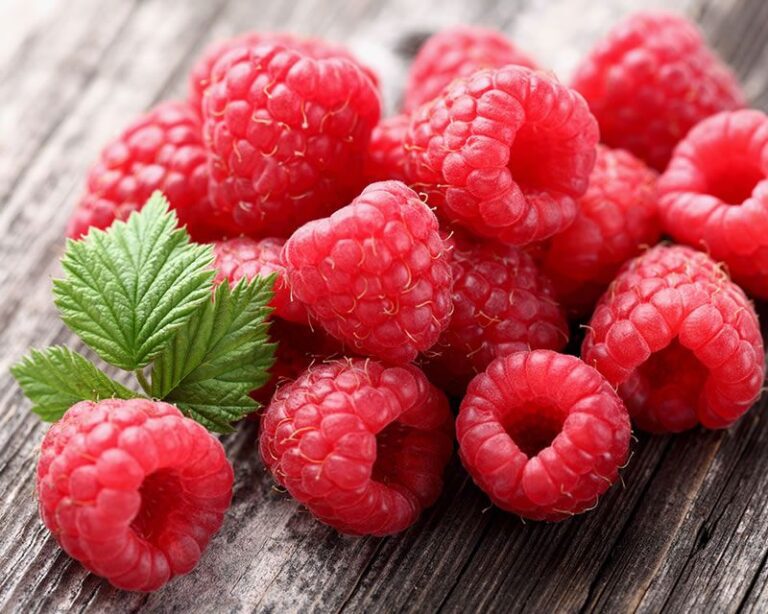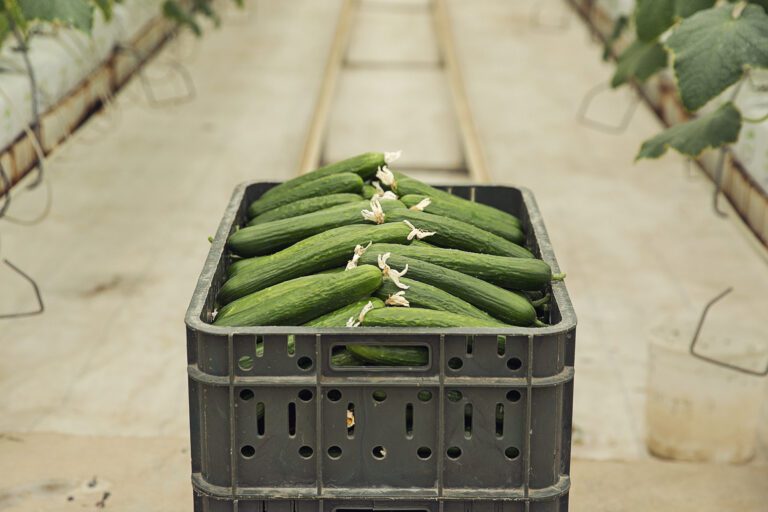Drying and Storing Oregano: Preserving Its Flavor
Drying and Storing Oregano: Preserving Its Flavor
Properly drying and storing oregano is essential in preserving its flavor and ensuring its long shelf life. When it comes to drying oregano, timing is crucial. It is best to harvest the herb just before it starts to flower, as this is when the leaves contain the highest concentration of essential oils, resulting in maximum flavor.
Once harvested, oregano should be prepared for drying by removing any dirt, damaged leaves, or insects. After rinsing the herb, gently pat it dry with a clean towel or paper towels. To ensure optimal airflow during the drying process, oregano can be loosely tied in small bundles and hung upside down in a dark, well-ventilated area. This allows the herb to dry naturally through air circulation, preserving its flavor profile. In environments with high humidity, additional measures, such as using a dehumidifier or a fan, may be necessary to prevent mold growth and ensure successful drying.
1. Understanding the Importance of Properly Drying Oregano
Properly drying oregano is an essential step in preserving its flavor and maximizing its shelf life. When oregano leaves are not dried correctly, they can lose their potency and taste, resulting in a less flavorful culinary experience. By understanding the importance of correctly drying oregano, you can ensure that you preserve its aromatic qualities and enhance the taste of your dishes.
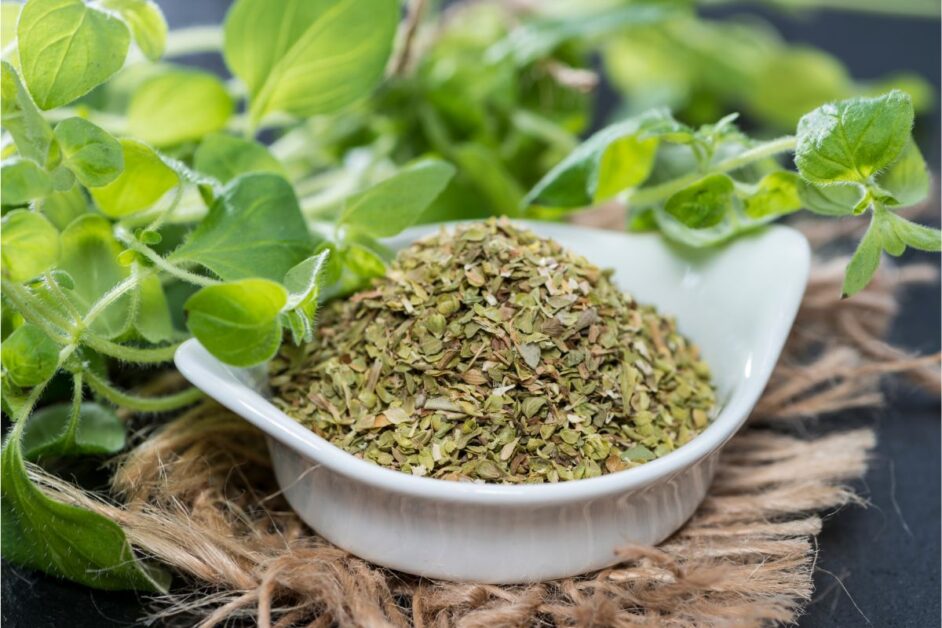
One of the key reasons why proper drying is crucial is that it helps remove moisture from the leaves. Oregano leaves naturally contain moisture, which can promote the growth of bacteria and mold if not eliminated during the drying process. By thoroughly drying the oregano, you can prevent the growth of harmful microorganisms and extend the shelf life of the herb. Additionally, proper drying helps concentrate the flavor and aroma of the oregano, making it more intense and enjoyable to use in various recipes. Whether you plan to use the dried oregano immediately or store it for later use, ensuring that it is properly dried is essential for maintaining its quality.
2. Choosing the Right Time to Harvest Oregano for Drying
Choosing the right time to harvest oregano for drying is crucial to preserving its flavor and aroma. Oregano should be harvested when the plant is at its peak in terms of flavor and essential oil content. This typically occurs right before the plant begins to flower. At this stage, the oregano leaves are rich in aromatic compounds, resulting in a more robust and intense flavor.
To determine if your oregano plant is ready for harvest, closely examine the leaves. They should be a vibrant green color and have a strong scent when crushed between your fingers. If the leaves appear dull or have started to turn yellow, it may indicate that the plant is past its prime and the essential oils have begun to degrade. Additionally, avoid harvesting oregano when the weather is humid, as moisture can affect the drying process and compromise the flavor of the herb.
By carefully selecting the optimal time to harvest your oregano, you can ensure that you capture its full flavor potential. This will result in dried oregano that can bring a delightful burst of flavor to your culinary creations, whether you’re sprinkling it on pizza, adding it to sauces, or infusing it into oils. With the right timing, you can enjoy the best possible taste from your homegrown oregano.
3. Identifying the Optimal Conditions for Drying Oregano
Drying oregano is a crucial step in preserving its flavor and aroma for later use. To ensure optimal results, it is essential to identify the optimal conditions for drying the herb. Oregano thrives in warm climates, so it is best to dry it in an environment with low humidity and good air circulation.
One key factor to consider is the temperature. Oregano is sensitive to heat and may lose some of its essential oils if exposed to high temperatures during the drying process. To maintain the herb’s potency, it is recommended to dry oregano at a temperature between 80°F to 90°F (27°C to 32°C). This moderate heat will facilitate the drying process without damaging the aromatic compounds that give oregano its distinctive flavor.
Another vital consideration is humidity. Excessive humidity can hinder the drying process and potentially lead to mold growth. To prevent this, choose a drying area with low humidity, ideally less than 40%. You can also use a dehumidifier or air conditioner to regulate the humidity levels if needed. Proper air circulation is equally important when drying oregano. Good airflow will help prevent moisture buildup and ensure even drying. Hanging bundles of oregano upside down in a well-ventilated area is a popular method that allows airflow to reach all parts of the herb, promoting uniform drying.
Here is a table that shows the optimal conditions for drying oegano:
| Drying Aspect | Description |
|---|---|
| Temperature | |
| Optimal Range | Oregano dried at a temperature between 80°F to 90°F (27°C to 32°C). |
| Sensitivity to Heat | Oregano is sensitive to high temperatures, which may lead to the loss of essential oils. |
| Humidity | |
| Ideal Humidity | Choose a drying area with low humidity, ideally less than 40%. |
| Humidity Regulation | Use a dehumidifier or air conditioner if necessary to control and maintain low humidity. |
| Air Circulation | |
| Importance of Airflow | Proper air circulation is crucial for preventing moisture buildup. |
| Hanging Method | Hanging bundles of oregano upside down in a well-ventilated area is a popular technique. |
4. Step-by-Step Guide: Harvesting and Preparing Oregano for Drying
Harvesting and preparing oregano for drying is a straightforward process that ensures you retain the herb’s full flavor and aroma. To begin, select healthy and mature oregano plants that have reached their peak growth. Harvesting early in the morning, when the essential oils are at their highest concentration, ensures maximum flavor. Using a pair of sharp pruning shears, cut the stems just above the lowest set of leaves.
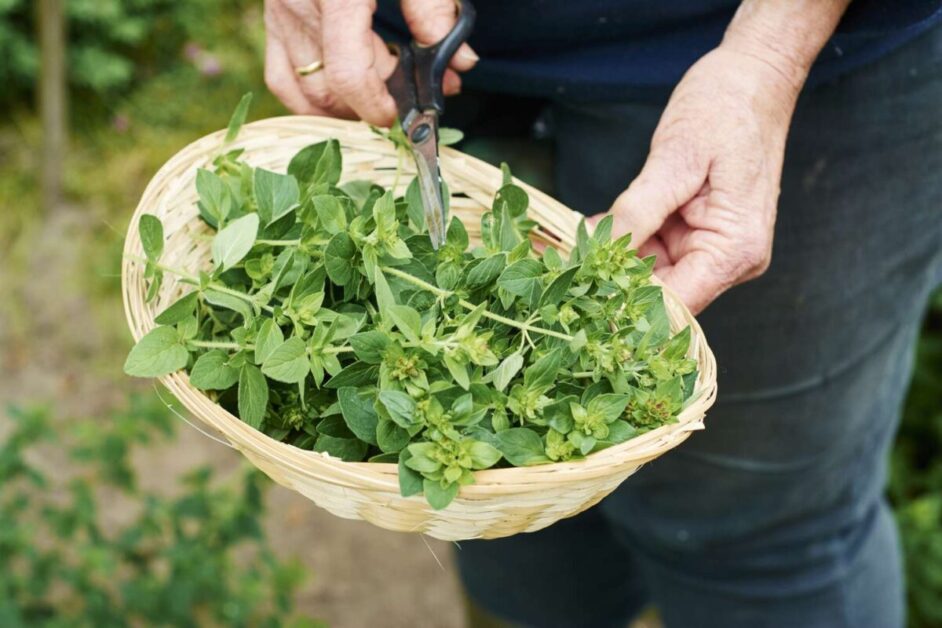
Next, gently remove any dirt or debris by washing the harvested oregano under cold running water. Once clean, gently pat the leaves dry with a clean towel or use a salad spinner to remove excess moisture. Avoid crushing or bruising the leaves as this can release the essential oils prematurely, reducing the flavor intensity. Once dry, you can either proceed with air-drying or opt for using a dehydrator, depending on your preference and available equipment. By following these steps, you can ensure that your harvested oregano is ready for drying and storage while maintaining its delicious taste for long-term use.
5. Different Techniques for Drying Oregano: Air Drying vs. Dehydrating
Air drying and dehydrating are two popular techniques for drying oregano, each with its own set of advantages and considerations. Air drying, also known as natural drying, is a simple and cost-effective method that has been used for centuries. It involves hanging bundles of fresh oregano upside down in a well-ventilated area until the moisture evaporates and the leaves become crisp. This slow drying process allows the herbs to retain their natural flavors and aromas. However, air drying can take several weeks, and it requires a dry and warm environment to prevent mold growth. Additionally, this method may not be suitable for those who live in humid climates, as the excess moisture in the air can hinder the drying process.
On the other hand, dehydrating is a more efficient and faster method of drying oregano. It typically involves using a dehydrator or an oven set at a low temperature to remove moisture from the herbs. Dehydrators provide a controlled environment with optimal temperature and airflow, allowing the oregano to dry evenly and thoroughly within a few hours. This method is especially beneficial for those who need to dry large quantities of oregano or those who live in areas with high humidity. Additionally, dehydrating preserves the herbs’ flavor and color, making them appear and taste more vibrant. However, it’s important to note that dehydrating can lead to a slight loss of flavor compared to air drying. Furthermore, not everyone may have access to a dehydrator or want to use electricity for the drying process.
The table below shows us the difference between the air drying and dehydrating oregano:
| Aspect | Air Drying Oregano | Dehydrating Oregano |
|---|---|---|
| Method | Hang oregano bundles in a well-ventilated area | Use a dehydrator with adjustable temperature settings |
| Temperature | Relies on natural environmental conditions | Controlled setting with temperature adjustments |
| Time | Slower process, typically a few weeks | Faster process, usually a few hours to a day |
| Advantages | Simple, cost-effective, preserves natural flavor | Controlled environment, quicker, maintains consistency |
| Considerations | Requires patience, susceptible to environmental factors | Requires a dehydrator, potential flavor alteration |
| End Result | Retains natural flavor and aroma | Consistent, quick drying; some argue flavor alteration |
| Cost | Low cost, as it doesn’t require special equipment | May involve the expense of purchasing a dehydrator |
| Convenience | Requires less equipment, suitable for small batches | More convenient for larger quantities and consistency |
| Flavor Retention | Excellent retention of natural flavor | Some argue that flavor may be altered compared to air drying |
Ultimately, the choice between air drying and dehydrating depends on personal preference, the available resources, and the desired results. Both methods offer effective ways to dry oregano and preserve their flavor, ensuring that you can enjoy the herb’s aromatic and culinary benefits long after harvest.
6. Exploring the Pros and Cons of Air Drying Oregano
Air drying is a popular method for preserving oregano due to its simplicity and cost-effectiveness. This technique involves exposing the herb to air and allowing it to naturally dry over time. One of the main advantages of air drying is that it requires minimal equipment and can be done at home with ease. Additionally, air drying allows the oregano to retain its natural aroma and flavor, resulting in a more authentic taste when used in culinary applications.
However, air drying also has its drawbacks. The process can be relatively slow, often taking several weeks for the oregano to fully dry. This extended drying time can leave the herb vulnerable to mold and mildew if not properly monitored. Furthermore, air drying may not be the most suitable option in humid environments, as the excessive moisture in the air can hinder the drying process and potentially compromise the quality of the oregano.
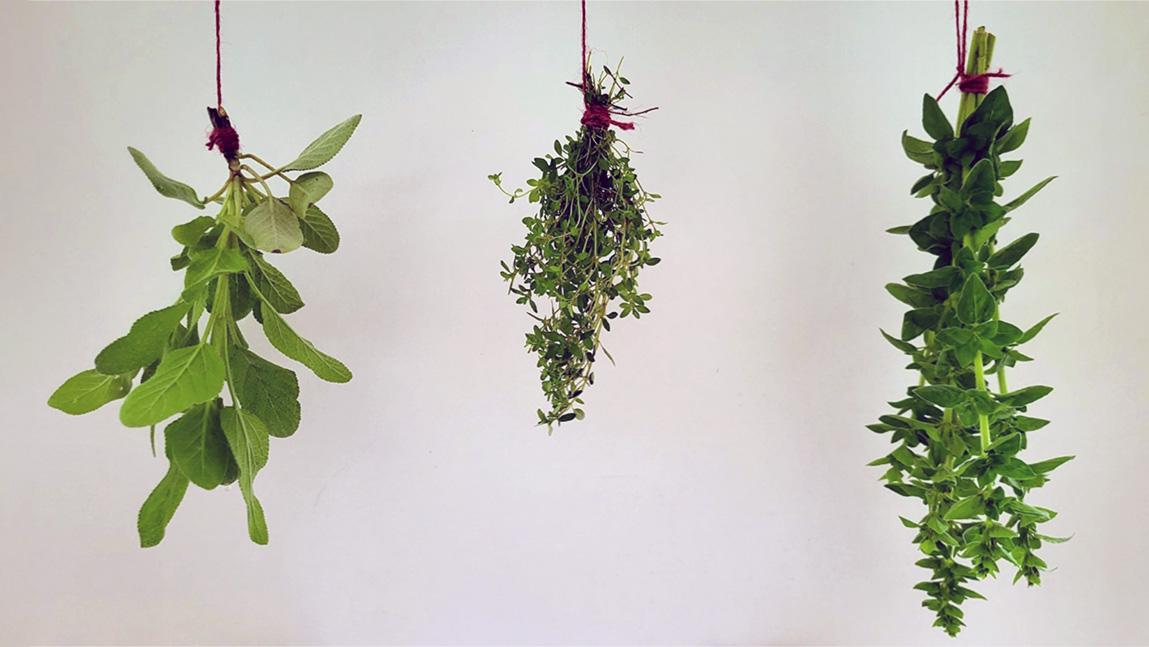
In conclusion, air drying oregano offers simplicity, cost-effectiveness, and the preservation of its natural flavor. However, it is crucial to carefully monitor the drying conditions and ensure proper ventilation to avoid moisture-related issues. Taking these factors into consideration will help maximize the success of air drying oregano and yield a flavorful herb for future use. So, if you’re looking for a budget-friendly and straightforward method to preserve your oregano, air drying may be the perfect choice for you.
7. Utilizing a Dehydrator for Efficiently Drying Oregano
Utilizing a dehydrator is an efficient and convenient way to dry oregano for long-term storage. Dehydrators provide a controlled environment that allows the oregano to dry evenly without losing its essential oils and flavor. The process typically involves placing the oregano leaves on drying racks or trays inside the dehydrator, where warm air circulates and gradually removes the moisture.
One of the advantages of using a dehydrator is its ability to maintain a consistent temperature throughout the drying process. This ensures that the oregano dries thoroughly, reducing the risk of mold or bacterial growth. Additionally, dehydrators often have adjustable temperature settings, allowing you to customize the drying conditions to suit the specific requirements of oregano. This can be particularly useful if you are drying other herbs or ingredients simultaneously, as different substances may necessitate different drying temperatures. Overall, utilizing a dehydrator guarantees an efficient and reliable method for preserving the flavor and aroma of oregano while extending its shelf life.
8. The Significance of Properly Storing Dried Oregano
Properly storing dried oregano is of utmost significance to ensure that it retains its flavor and potency over time. When oregano is exposed to unfavorable conditions or improper storage techniques, its quality can deteriorate, leading to a loss of taste and aroma. To maximize the shelf life and preserve the flavor of your dried oregano, it is essential to follow some key guidelines.
Firstly, it is crucial to store dried oregano in an airtight container to prevent any exposure to moisture, which can cause the herb to degrade quickly. Glass jars with tight-fitting lids or sealable plastic bags are ideal options for preserving the freshness of dried oregano. Ensuring that the container is completely airtight creates a barrier against environmental factors that can accelerate the deterioration process. Additionally, selecting a storage container that is opaque or dark in color helps to shield the dried oregano from light, as exposure can result in flavor loss.
9. Understanding the Factors that Affect Oregano’s Shelf Life
Understanding the factors that affect the shelf life of dried oregano is crucial for ensuring its long-term quality and flavor. Several key elements come into play, including moisture, exposure to air, and the storage conditions. Moisture is one of the biggest enemies when it comes to preserving dried herbs, including oregano. Excessive moisture can lead to mold or bacterial growth, which can spoil the herb and render it unsafe for consumption. Therefore, it is vital to ensure that the oregano is completely dried before storing it.
Exposure to air is another significant factor that can affect the shelf life of dried oregano. When herbs are exposed to air, they can undergo oxidation, causing them to lose their potency and aroma over time. To minimize exposure to air, it is essential to store dried oregano in airtight containers. This will help retain its flavor and keep it fresh for a longer period. Additionally, using opaque containers can further protect the herb from sunlight, which can also accelerate its degradation. Meticulous attention to these factors ensures that your dried oregano remains vibrant and flavorful for months to come.
The table below shows that what are the factors that can affect the shelf’s life of oregano:
| Factors | Description |
|---|---|
| Storage Conditions | Temperature: Store in a cool, dark place away from heat sources. Humidity: Keep oregano in a dry environment. |
| Packaging | Use airtight containers or sealable bags to prevent moisture and air exposure. |
| Quality of Drying | Properly dry oregano to remove moisture and prevent mold or bacterial growth during storage. |
| Proper Harvesting | Harvest oregano at the right time, when the essential oil content is highest, for better preservation. |
| Frequency of Use | Frequent opening of the storage container can expose oregano to air and humidity, reducing shelf life. |
| Storage Duration | Oregano has a limited shelf life; use within a reasonable timeframe to ensure optimal freshness and flavor. |
| Contamination Prevention | Ensure utensils and hands are clean when handling oregano to prevent contamination and spoilage. |
10. Choosing the Ideal Containers for Storing Dried Oregano
When it comes to storing dried oregano, choosing the right containers is essential to preserve its flavor and freshness. The ideal containers for storing dried oregano are airtight and opaque, as they protect the herb from exposure to air, light, and moisture, which can degrade its quality over time. Airtight containers prevent the entry of oxygen, which can cause the oxidation of the herb’s essential oils and lead to flavor loss. Opaque containers, on the other hand, shield the oregano from light, as exposure to light can also degrade its flavors and aromas.
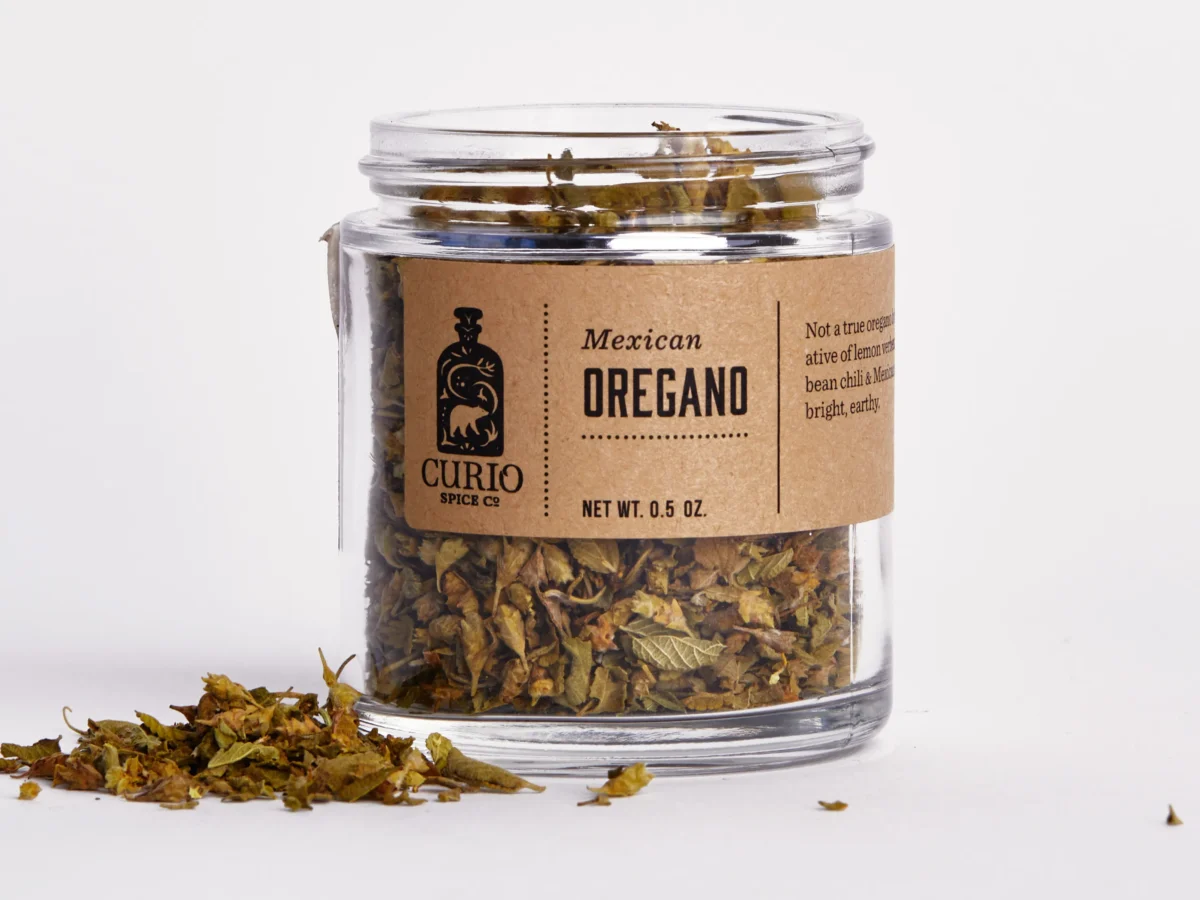
Glass jars with tight-fitting lids are a popular choice for storing dried oregano. They offer an excellent barrier against air and moisture, ensuring that the herb stays fresh for an extended period. Additionally, glass is non-reactive, meaning it won’t interact with the herb’s oils, preserving its flavor profile. Mason jars or other similar containers with rubber gaskets and metal clasps are particularly effective in creating an airtight seal. If using glass jars, it is advisable to store them in a cool, dark place, such as a cupboard or pantry, to further protect the oregano from light and heat. Other suitable options for storing dried oregano include food-grade plastic containers with tight lids or vacuum-sealed bags, both of which provide effective moisture and air barriers. However, it is crucial to choose BPA-free plastic containers to avoid any potential chemical interactions with the herb.
11. The Role of Light and Temperature in Preserving Oregano’s Flavor
Light and temperature play a crucial role in preserving the flavor of oregano. When it comes to light, it’s important to store dried oregano in a dark place. Exposure to light can cause the herb to lose its flavor and aroma more rapidly. Therefore, it is recommended to use opaque containers or store the oregano in a pantry or cabinet away from direct sunlight. This will help to maintain the quality of the dried herb for a longer period of time.
In addition to light, temperature also impacts the preservation of oregano’s flavor. It is best to store dried oregano in a cool and dry environment, preferably at a temperature below 70°F (21°C). Higher temperatures can lead to the deterioration of the herb’s essential oils, which are responsible for its unique taste and fragrance. Therefore, avoiding storage near heat sources, such as stoves or ovens, is essential to ensure the longevity of oregano’s flavor. By maintaining proper conditions of darkness and coolness, you can savor the full, aromatic experience of dried oregano in your culinary creations.
12. Tips for Properly Labeling and Organizing Stored Oregano
Properly labeling and organizing stored oregano is essential for maintaining its quality and ensuring it remains usable for an extended period. When it comes to labeling, it is crucial to include the date of drying and the variety of oregano on the label. This information will help you keep track of the age and type of oregano you have in your collection. Additionally, consider using clear and waterproof labels to prevent them from smudging or fading over time.
Organizing dried oregano can be simplified by using airtight containers that are specifically designed for storing herbs. These containers should be kept in a cool, dry, and dark location, away from direct sunlight and heat sources. Be sure to group your dried oregano based on similar qualities, such as different varieties or the year it was harvested. This organization system will streamline your cooking process and make it easier to locate the specific oregano you need when preparing your favorite dishes.
13. Maximizing the Shelf Life of Dried Oregano through Vacuum Sealing
Vacuum sealing is a highly effective method for maximizing the shelf life of dried oregano. By removing all air from the packaging, vacuum sealing creates an airtight barrier that helps to preserve the herb’s flavor, aroma, and overall quality.
One of the main advantages of vacuum sealing is its ability to protect oregano from oxidation. Exposure to oxygen can lead to the degradation of essential oils and other volatile compounds that give oregano its distinct taste and scent. By removing air, vacuum sealing minimizes this oxidation process, helping to maintain the herb’s freshness over a longer period of time.
Furthermore, vacuum sealing provides a protective barrier against moisture, which can quickly diminish the quality of dried oregano. Moisture can cause clumping, spoilage, and the growth of mold or other microorganisms. Vacuum sealing eliminates the risk of moisture infiltration, ensuring that the dried oregano remains dry and free from any potential contaminants. This not only extends its shelf life but also preserves its flavor profile, making it a valuable addition to any pantry or spice collection.
To know more about drying oregano watch the video.
14. Common Mistakes to Avoid when Drying and Storing Oregano
When it comes to drying and storing oregano, there are several common mistakes that gardeners often make. One of the most common errors is not properly cleaning the oregano before drying it. It is important to remove any dirt, insects, or other impurities from the leaves to ensure a high-quality end product. Failure to do so can result in a less flavorful and potentially contaminated dried herb.
Another mistake to avoid is over-drying the oregano. While it may seem like a good idea to dry the herb for an extended period of time to ensure maximum preservation, this can actually lead to the loss of flavor and aroma. Oregano should be dried until the leaves are crisp, but still retain a vibrant green color. This will help to maintain the essential oils and flavors that make oregano so desirable in cooking.
By avoiding these common mistakes, you can ensure that your dried oregano retains its flavor and quality for extended periods. Properly cleaning the leaves before drying and monitoring the drying process to avoid over-drying are essential steps in preserving the taste and aroma of this versatile herb.
15. Creative Ways to
Creative Ways to Use Dried Oregano in Your Cooking
Dried oregano is a versatile herb that can enhance the flavors of various dishes. While it is commonly used in Italian and Mediterranean cuisines, its unique aroma and taste make it a wonderful addition to many other types of cuisine as well. Here are some creative ways to incorporate dried oregano into your cooking:
1. Homemade pizza seasoning: Create a homemade pizza seasoning by mixing dried oregano with other herbs such as thyme, basil, and garlic powder. Sprinkle this flavorful blend on your pizza for an extra burst of flavor.
2. Infused oils and vinegars: Add dried oregano to olive oil or vinegar to create your own infused oils and vinegars. This combination not only adds a delightful taste to your salad dressings but also makes a great marinade for chicken or fish.
The possibilities are endless when it comes to using dried oregano in your cooking. Whether you sprinkle it on roasted vegetables, incorporate it into your pasta sauce, or infuse it into oils and vinegars, this herb is sure to elevate your dishes to the next level. Experiment with different recipes and discover your favorite ways to enjoy the flavors of dried oregano!
Can I freeze oregano instead of drying it?
Yes, you can freeze oregano as an alternative to drying it. Freezing helps retain the flavor and aroma of oregano, but keep in mind that the texture may change after thawing.
How long does dried oregano last?
When stored properly in airtight containers in a cool, dark place, dried oregano can last for up to one year. However, its flavor and potency may gradually decrease over time.
Can I store dried oregano in plastic bags?
It is not recommended to store dried oregano in plastic bags, as they may not provide sufficient protection against moisture and air. Opt for airtight glass or metal containers instead.
Can I dry oregano in the microwave?
While it is possible to dry oregano in the microwave, it is not the preferred method. Microwaving can cause the herb to lose its flavor and aroma quickly.
Is it necessary to remove oregano leaves from the stems before drying?
Yes, it is recommended to remove the oregano leaves from the stems before drying. The stems can be woody and do not contribute to the flavor.
Can I use a regular oven for drying oregano?
Yes, a regular oven can be used for drying oregano. Set the oven to the lowest temperature and spread the oregano evenly on a baking sheet. Keep the oven door slightly open for proper air circulation.
Can I store fresh oregano instead of drying it?
Yes, you can store fresh oregano for a short period of time. Place the fresh sprigs in a glass of water, cover them with a plastic bag, and store them in the refrigerator. However, dried oregano has a longer shelf life.
Can I use dried oregano in recipes that call for fresh oregano?
Yes, dried oregano can be used as a substitute for fresh oregano, but remember to use a smaller amount, as dried herbs are typically more concentrated in flavor.
Can I store dried oregano in the freezer?
It is not necessary to store dried oregano in the freezer if it is already properly dried and stored in airtight containers. Freezing may cause condensation and affect the quality of the herb.
Can I use dried oregano that has been stored for more than one year?
While it is safe to consume dried oregano that has been stored for more than one year, its flavor and potency may have significantly decreased. It is recommended to use fresher dried oregano for the best flavor in your recipes.

